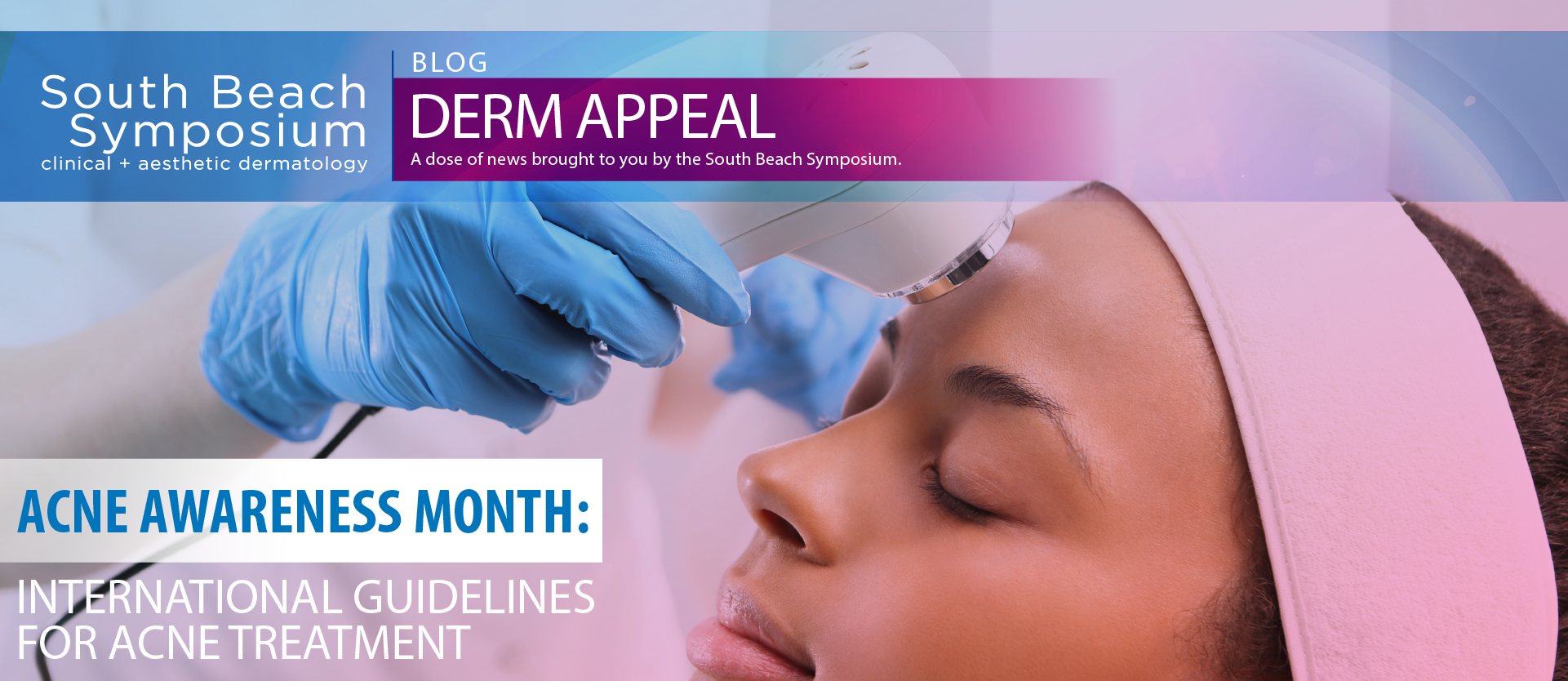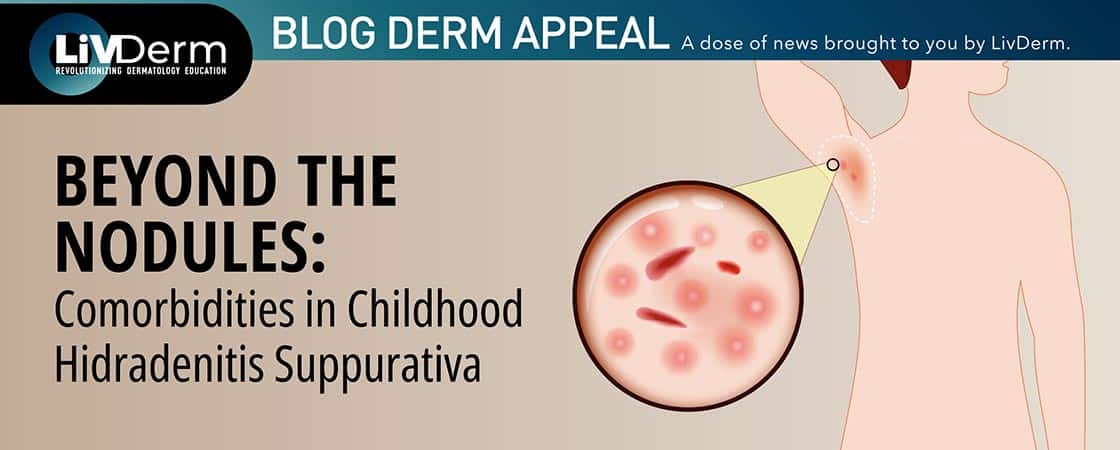June marks the beginning of Acne Awareness Month during which dermatologic organizations, such as South Beach Symposium and the American Academy of Dermatology, aim to reduce stigma, spread awareness, and elucidate possible treatment options for the most common skin condition in the United States.
Patients suffering from the common inflammatory skin disorder are most often treated with a combination of topical, systemic, and physical therapeutic approaches with varying results depending on disease severity and other patient-specific factors. However, the list of potential therapeutic options is continuously expanding with the approval of several novel products including antibiotic alternatives and new retinoid agents. Further, an increasing number of pipeline treatments shows therapeutic promise and has the potential to transform the current standard of acne treatment.
A recently published overview of treatment options for mild to moderate acne outlines international guidelines for patient management based on evidence provided by the American Academy of Dermatology, European Academy of Dermatology and Venereology, and the Italian Society of Dermatology and Venereology.
Guidelines for Mild-to-Moderate Acne Treatment
Published in Dermatologic Therapy, the article compares three widely distributed guidelines from the organizations listed above to describe the common and alternative treatment methods for mild-to-moderate acne patients. Authors of the review found that there was consensus between the three organizations regarding which products should be used for mild-to-moderate acne treatment.
All three recommendations suggest topical retinoids as a first-line of therapy for mild-to-moderate acne – administered either alone or in combination with other agents. As a second-line therapy, experts recommend oral isotretinoin for papulopustular and nodular lesions that are not responsive to other topical treatments. In cases of mild disease, any topical retinoids may be used, however, for more severe acne topical retinoids can be combined with topical antimicrobials and oral antibiotics.
The authors of the review also discussed alternative treatments that may be potentially effective for improving certain disease measures, although they highlight a lack of conclusive evidence to support their use as primary methods for acne treatment. Some of the alternative therapies included in the overview were herbal extracts, chemical peels, phototherapy, and laser treatments.
One difference noted by the authors was the lack of differentiation between comedonic and papulopustular types of mild acne in the AAD guidelines. While topical retinoids are the treatment of choice in cases of comedonic acne, a combination of topical agents including retinoids, benzoyl peroxide, and antibiotics should be prescribed for papulopustular types.
Although the above guidelines are accepted on an international level by dermatologic associations, treatment decisions must still be made on an individual patient basis. According to the overview, “the choice of the best treatment option should consider the clinical extent of the disease, skin phototype, eventual skin reactivity, and also patient compliance.”
As novel pipeline agents and emerging therapies continue to enter the market, widely recognized guidelines for mild-to-moderate acne treatment may change, providing a range of alternative, yet equally effective therapies.

















